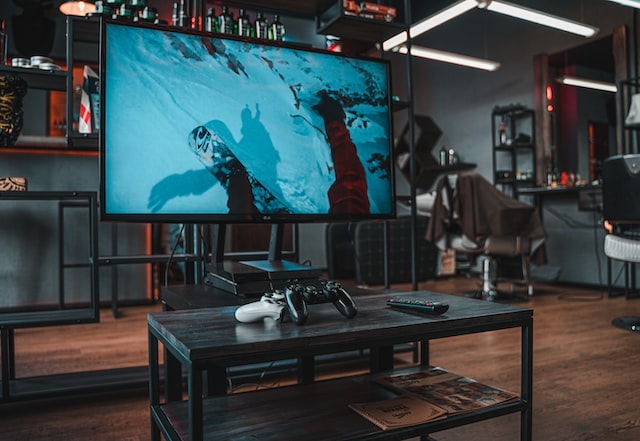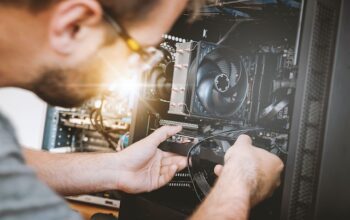If you’re planning to set up a home theater networking, Baton Rouge LA area, there are several components to consider. These components include speakers, power protection, and surge protectors. Lastly, you’ll need a remote control and comfortable home theater seating.
Surge protectors
Surge protectors protect home theater equipment from the harmful effects of electrical line noise and power surges. There are many options available, but you’ll want one that can protect all of your home electronics. That means your television, speakers, computers, and workbench tools. It also protects the inputs to your equipment, like HDMI and audio cables.
Surge protectors are important because they divert power surges away from sensitive equipment. Surge protectors are rated in joules, and the higher the joule rating, the better. Surge suppressors with more than 3000 joules have the most energy-absorbing capabilities.
Power protection
Using home theater power protection is crucial for the safety, performance, and longevity of your equipment. AC power outlets are subjected to daily power surges generated by the building’s electrical system. In order to protect your equipment, you need a home theater power manager. AccuTemp Services, for example, provides surge protection services.
Surge protectors protect your expensive home electronics from power surges and spikes. These spikes can fry your home electronics instantly. Even if they are small, these spikes can cause damage to your equipment.
Speakers
When you are planning to install a home theater system in your home, you should know the basic components of a system. In fact, the quality of the audio and video quality will greatly depend on these components. It is best to plan the setup around the system and the room it will be installed in. This way, you can save time and money in the long run. Whether you are building a new home or renovating an old one, you should consider installing a home theater system.
Speakers are one of the major components of a home theater system. Using the right type of speaker wire is critical for a quality sound experience. A typical speaker wire has two wires, labeled negative and positive, which are then connected to the speakers. The gauge of the speaker wire is important because it will determine the quality of the sound. The thinner the gauge, the better the quality of sound.
Remote control
While you can purchase hardware to control your components from your smartphone, you can also use apps. The applications will work with your component’s Wi-Fi connection and are usually free to download. The advantage of using an app is that it does not require line-of-sight, unlike hardware. In addition, these apps usually work less buggy than third-party products.
Once upon a time, people used RS-232 control to control various devices. Much like IR control, RS-232 requires a receiver and an RS-232 hub, and you have to run cables to each device. While this method is secure and can pass through walls, most new devices do not have RS-232 ports.
Projector
While the sound quality can be a major factor in making the best movie-watching experience possible, you’ll also want to consider the overall lighting in the room. The wrong kind of lighting can wash out the image from the projector. The best room for a home theater is one that is completely enclosed without windows, but if you have a room with a window or two, you might need to make some adjustments to the lighting.
Source components include Blu-Ray Players and Home Theater Personal Computers. These components need to be connected to the display components, like screens. Sound components include speakers.
Screen
The screen is a major component of a home theater setup. The screen is the device that will display the media, including movies and television shows. Generally, a home theater screen is a fixed screen that does not move. Other options include a motorized screen that can be manipulated by remote control or a manual screen that is manually pulled down. Choosing the right size screen is critical to enjoying your movie-watching experience.
When choosing a screen for your home theater, you need to consider your seating arrangement and room size. For example, if you have multiple rows of seating, you may not need a screen that extends from floor to ceiling. You’ll also need to determine the viewing distances and angles for the screen. There are a variety of handy calculators that can help you determine the correct distance and viewing angle for your home theater.




